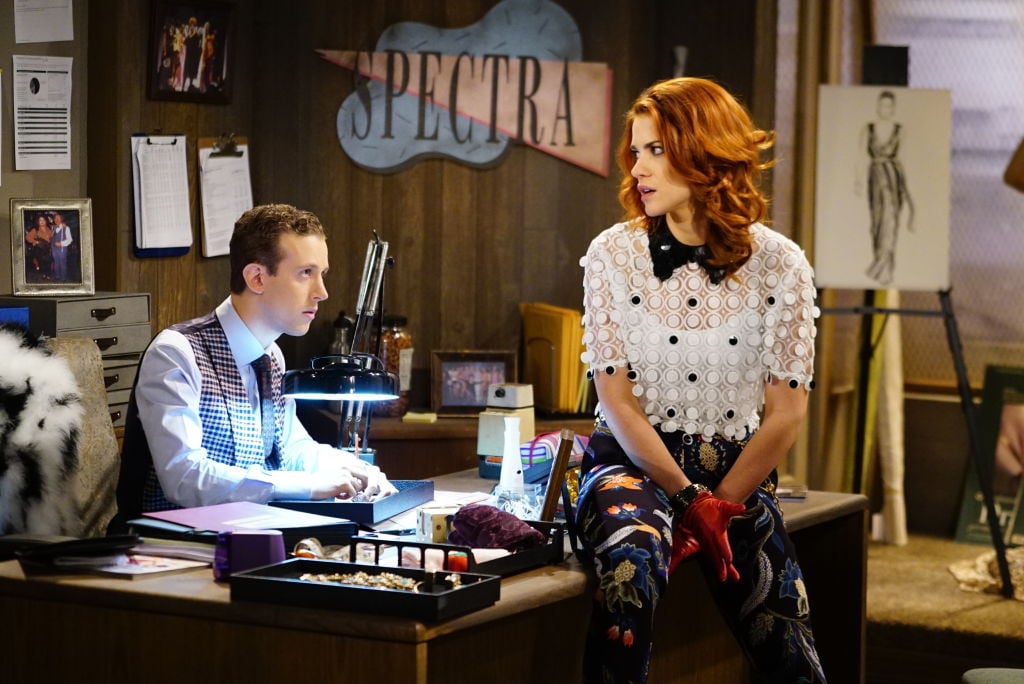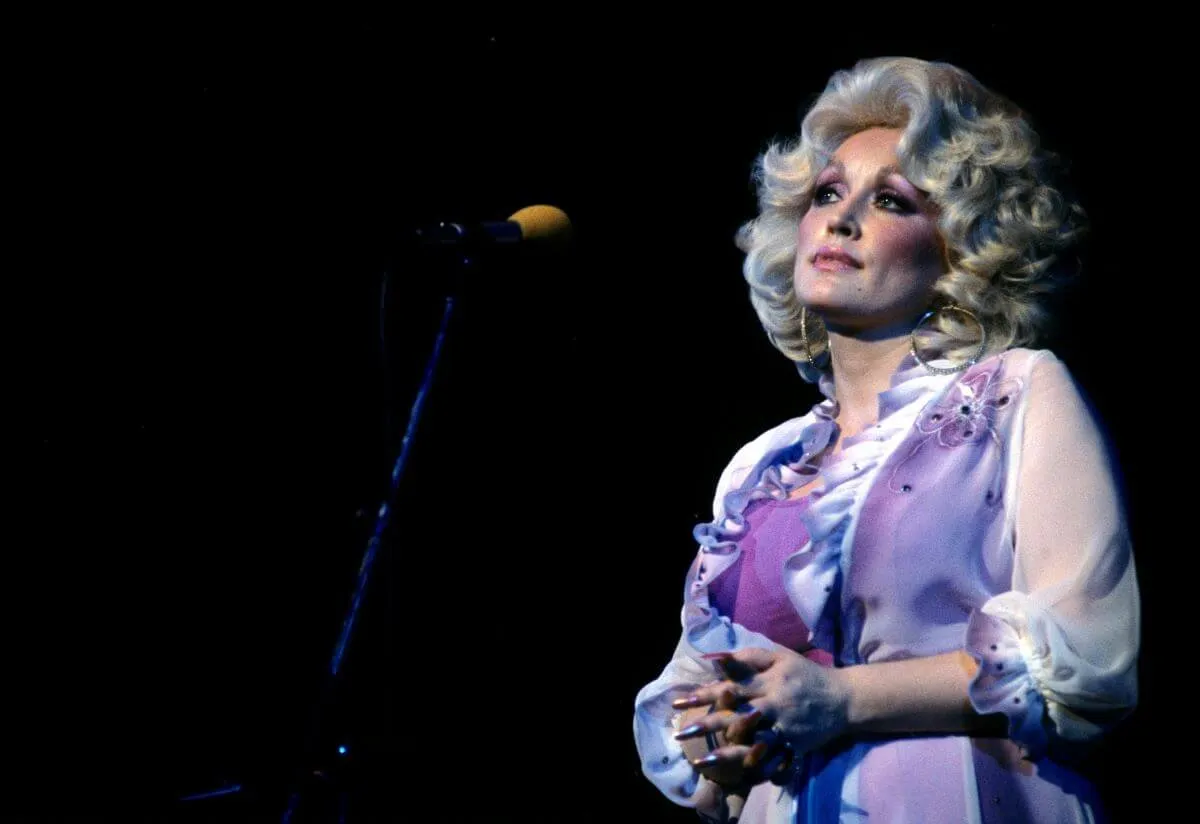Why Don’t Soap Operas Look Like Primetime Shows?
If you’ve never seen a soap opera before, you might be surprised at how different the show looks from most primetime dramas. There’s just something about soap opera visuals that feels different from other TV shows and movies, but it’s hard to place exactly what it is.
This phenomenon has even been given a name: the “soap opera effect.” In the past, soap operas were simply shot in lower quality and on a lower budget. But today, the budgets for soap operas are higher, and with modern technology, it’s easier to get good quality recordings. And despite the numerous changes that have happened throughout the years, there’s still a noticeable difference. The style of soap operas has been described as hyper-realistic and sharp but at the same time unnatural, jarring, and overly polished. So what gives? Why do we still have the soap opera effect?

The history of soap operas
It’s important to understand how soap operas have historically diverged from other television programs. The genre first emerged on television in 1949 with the program These Are My Children, and by the 1970s, daytime soap operas were huge. The name “soap opera” actually comes from the fact that soap companies would typically sponsor these programs. However, soap operas nonetheless tended to have low budgets, and this led to some noticeable differences in quality.
The distinctive look of soaps
Some of the differences in quality were actually adaptations to make the shooting cheaper. For example, to get a soft glow around characters, production crews on old soap operas would smear a thin layer of petroleum jelly over the camera lens. The lower budget also meant that the sets were typically smaller, so soap opera producers had to adapt their lighting to the smaller sized set. Additionally, before the 1970s and shows like Days of Our Lives and General Hospital, many soap operas were broadcast live; the lack of multiple takes and the stationary cameras gave audiences the feeling of watching a play.
One other technical feature led to the different visuals on soap operas. Unlike most films and television programs, soap operas were typically shot on videotape. Videotape was cheaper and easier to work with, but much lower quality than film. And due to the higher frame rate that most videotape gives, things shot on tape tend to feel hyper-real. However, after the advent of digital filming, things would have changed — right?
Soap operas still have their classic look
In 2011, The Bold and the Beautiful, which was the last soap opera on tape, transitioned to digital. But the transition to digital didn’t make a significant change in the visuals of soap operas. After all, production teams wouldn’t want audiences to be surprised by a sudden change. So, when filming digitally, the producers made sure to keep the same frame rate as before to ensure continuity.
Additionally, lighting and filming tricks to save on shots and time are also still used. On a soap opera set, the entire set will be lit so that takes can be longer and actors can move around the set without having to stop the take. This makes shooting much more efficient, though it adds to the slightly off feeling of most soap operas.
Some soap opera producers actually dislike the high frame rates soap operas are shot at! However, soap operas are unlikely to shift to the standard film frame rate of 24 frames per second. Ironically, it might be primetime TV that shifts to look like a soap opera, as many newer TVs will use “motion interpolation” to play programs at a higher frame rate. This is controversial — but if this feature is turned on in your TV, you might be able to turn off the soap opera effect — and according to CNET, Tom Cruise hopes you do.


